Paraplegia
Paraplegia is the result of spinal cord damage. The spinal cord is located in the spinal canal and is part of the central nervous system. It passes on information between the brain and the body. If damage occurs, the line is interrupted and usually cannot be restored.
In terms of the extent of the injury, a distinction is made between:
- Paraplegia: This corresponds to damage in the thoracic region or below and means paralysis of both legs. This is also referred to as low-level paralysis. The upper extremities remain functional; in most cases, the respiratory muscles are not or only slightly affected.
- Quadriplegia: Here, both the legs and arms, and the arm muscles are paralysed, the damage is in the region of the cervical spine. This is also referred to as high-level paralysis. Affected patients must also be artificially ventilated if the spinal cord is interrupted at the level of the fourth cervical vertebra or higher.
Different forms of paralysis are named for the areas of the body and how much of the body they impact. Paraplegia only impacts the lower half of the body. Other forms of paralysis include:
- Monoplegia: This type impacts only one limb.
- Paraplegia: This type partially impacts both legs.
- Diplegia: This type impacts either both arms or both legs.
- Hemiplegia:This type impacts one side of the body. For example, your left arm and left leg.
- Quadriplegia: This type impacts both arms and both legs. Quadriplegia is sometimes referred to as tetraplegia.
Table of Contents
Symptoms of Paraplegia
There are many symptoms that can occur in paraplegia. Sometimes, these symptoms will change over time, or even from day to day.
Symptoms might include:
- a loss of sensation in the lower body
- impaired mobility
- weight gain
- depression
- increase muscle tone (spasticity)
- muscle wasting
- Difficulty in walking
- phantom bouts of pain or sensation in the lower body
- chronic pain
- sexual dysfunction
- difficulty with bladder and bowel function
- secondary infections, such as bedsores and skin problems
- autonomic dysreflexia
Causes of Paraplegia
The following are the main paraplegia causes that are related to damage to the spinal cord:
- Vehicle-related road accidents
- Injuries due to falls
- Sports accidents and injuries with diving being the most common
- Crime-related violence like shooting or getting beaten up
- Surgical or medical injuries
Certain injuries can also be non-traumatic like diseases or hereditary abnormalities. A few other paraplegia causes are:
- Spinal cord disorders
- Genetic disorders like hereditary spastic paraplegia
- Autoimmune disorders
- Stroke
- Spinal cord or brain infections
- Cancer or tumor of the brain or spinal cord
- Loss of oxygen to the brain or spinal cord due to birthing problems or choking
Risk Factors of Paraplegia
Things that can increase the risk of these problems are:
- Playing some sports, such as football, rugby, wrestling, gymnastics, diving, surfing, ice hockey, and downhill skiing
- A family history of certain inherited nerve diseases
- History of cancer and its treatment can cause pressure on the spinal cord
Preventions of Paraplegia
Spinal injuries are a leading cause of paralysis. You can lower your chances of spinal injury by taking these steps:
- Always wear a seatbelt. Make sure children are using car seats or booster seats correctly.
- Check water depths before diving.
- Don’t drive while under the influence or ride with an impaired driver.
- Use precautions when participating in sports or activities. For example, wear a helmet when playing sports. Have a spotter in gymnastics, and use cushioning mats when appropriate.
- Never move someone who may have a head, neck or spine injury.
Effects of Paraplegia on the body
Paraplegia can affect the body in the following ways:
- Reduced or complete loss of mobility waist down
- Loss of sensation where the injury has occurred
- Decrease libido and loss of sexual appetite
- Depression or frequent mood swings
- Electrical sensations, unexplained pain or phantom sensations in the lower portion of the body
- Involuntary bladder and/or bowel movements
- Chronic pain
- Lesions or infections at the injury site
- Bedsores and skin-related issues
- Weight gain is a common outcome of paraplegia, especially since physical activity is reduced and diet hasn’t been modified accordingly
Diagnosis of Paraplegia
First, the doctor determines the cause of the paraplegia. If the spinal cord damage was caused by an accident, the patients are first asked about the exact course of the accident as well as the beginning and duration of the symptoms. For diagnosing paraplegia, the doctor conducts several examinations.
Physical Examination and Medical History
Here, the doctor tests the person’s motor skills which refer to the examination of the working of the brain in coordination with the affected part of the spine, and the sensitivity of the body and limbs. He also checks the reflexes. In addition, he examines disorders of the bladder and rectum clarifies any previous illnesses, and checks for the complete medical history. Any other possible neurological deficits are also examined.
Medical Imaging Tests for Wrist Sprain
Imaging procedures, such as spinal X-ray, computerized CT Scan or magnetic resonance imaging of the spinal cord, provide information about bony injuries and damage to the spinal cord. Only after these examinations can a decision be made as to whether an operation is appropriate. To test nerve functioning, the doctor may use electromyography. This test measures the body’s responses to the stimulation of the muscle.
- X-ray: X-Ray is done to check for any fracture in the bone or to examine any tumor in the spine
- Computerized CT Scan: Computerized CT Scan is done to analyze and for getting a better understanding of the severity of the injury
- Magnetic resonance imaging (MRI): Magnetic resonance imaging (MRI) is done to test for any blood clotting or mass formation that may compress the spinal cord
- Electromyography: Electromyography is done to check the response of the body by stimulating the muscles of the affected area.
Differential diagnosis of non-traumatic paraplegia
In the case of paraplegia that occurred without an accident, what is known as a differential diagnosis is also required. The doctor checks whether and to what extent other diseases are present that lead to paralysis and are not caused by spinal cord damage. This means that, in addition to changes in the structure of the spinal cord, diseases of the brain, such as inflammation of the nervous system, must also be taken into account.
Treatment of Paraplegia
There is no way to cure paraplegia. However, in some cases, people are able to regain some control over the affected areas. Additionally, treatments can help you manage the symptoms of paraplegia.
Treatment options for paraplegia include:
- Physical therapy: This type of therapy helps reduce pain, build strength in surrounding muscles, and prevent muscle deterioration.
- Occupational therapy: This therapy helps individuals with paraplegia adapt to completing daily tasks.
- Mobility devices: These include assistance devices such as wheelchairs and power scooters to help individuals improve and maintain mobility.
- Prescription medications: These include medications such as muscle relaxers and pain relievers to help with pain, blood thinners to reduce your risk of clots, and others.
- Surgery: Different surgical procedures may help to treat symptoms, address mobility, and improve health.
Treatment will depend on your case and symptoms. It might also change over time. There is no cure for paraplegia, but with help, you can manage your condition.
Physical Therapy Exercises for Paraplegia
At physical therapy sessions, a physical therapist will assess your functional abilities, create a personalized exercise plan, base the occurring issues that you might be facing, and guide you through exercises to maximize your mobility.
Depending on the severity of your spinal cord injury, physical therapy for paraplegia recovery will involve different types of exercises. For example, it’s not realistic for someone with no motor control in their legs to practice walking right away.
The following types of physical therapy exercises can help individuals with paraplegia improve their mobility.
Stretching
Many individuals with paraplegia experience involuntary muscle contractions called spasticity due to disrupted communication between the brain and muscles. Stretching the legs can help lengthen spastic muscles and minimize pain caused by additional pressure on the joints.
The effects of stretching can last for hours and help prevent injuries during more strenuous exercise. Additionally, well-stretched muscles can bear more pressure and achieve a full range of motion, which makes it easier to perform more active forms of exercise.
Passive Range of Motion Exercises
Even if you have no motor control in your legs, individuals with paraplegia can benefit from physical therapy. Physical therapy for those with severe paraplegia typically involves practicing a passive range of motion exercises.
During passive exercise, someone else moves your paralyzed limbs for you; however, most individuals with paraplegia should be able to use their arms to move their legs.
Practicing passive range of motion exercises will help prevent joint stiffness, promote circulation, and stimulate the spinal cord.
Strengthening Exercises
Due to limited motor control in the legs, many individuals with paraplegia become less physically active. Strengthening exercises are an essential part of physical therapy for paraplegia because they help maintain muscle mass.
Lack of movement and weight-bearing after SCI can cause the muscles to shrink. Individuals with muscle atrophy are more susceptible to falls, fractures, poor circulation, and decreased metabolic rate.
Practicing strengthening exercises at physical therapy will help prevent muscle atrophy and make it easier to perform everyday activities.
Gait Training
Gait training is a type of physical therapy that focuses on learning to walk again after paraplegia. It often involves the use of supportive devices like parallel bars, walkers, and weight-bearing equipment.
Gait training not only focuses on developing coordination and strength in the legs but also on building balance through the core. For example, you’ll learn how to stand and shift your weight from one side to the other without losing stability.
Generally, gait training will focus on improving form and safety during upright mobility. To do this, individuals may use a harness while using a treadmill or perform exercises in the pool. As patients improve their form and develop more strength in the legs, they’ll gradually be able to bear more weight on their hips, knees, and ankles.
Self Exercises for Paraplegia
Side Leg Lifts
- This first paraplegic leg exercise involves slipping the front half of your foot into the loop of your leg lifter. Then, lie on your side so that the foot with the leg lifter is on top of your other leg.
- Pull the strap of the leg lifter gently so that your leg raises to the side. Stop pulling when you start to feel your body’s natural resistance and then hold the position to stretch your inner thigh.
- Continue to lift and drop your leg 15 times, then turn to your other side and repeat to the other leg.
Knees to Chest
- Place the leg lifter on one foot and lie flat on your back. Use one hand to slowly pull the strap towards your upper body and the other hand to bend the knee as it moves up.
- Once your knee reaches your torso, use your arms to help keep it in place.
- Hold the position for several seconds and then slowly straighten the knee as you bring the leg back down.
Ankle Rotations
- Individuals with paraplegia can practice this exercise to avoid stiffness in the ankles.
- Sit with one leg bent to the side so that you can easily reach your foot. Use one hand to stabilize your ankle while you use the other to move your foot in circles.
- Be sure to rotate clockwise and counterclockwise. One way provides circulation and the other way reduces tension.
Ankle Pulls
- Stiffness in the ankles is common in individuals with paraplegia, so it’s essential to stretch and move them regularly.
- For this ankle stretch, sit on the floor and place the leg lifter on one foot.
- Make sure that the legs are straight and then slowly pull the strap towards your body so that your toes point towards the ceiling. Hold for 10-15 seconds and then release.
Hamstring Stretch
- This next exercise will help paraplegics maintain flexibility in the hamstrings which in turn will reduce tension in the knees and hips.
- Sit on the floor with the front half of your foot inside the leg lifter.
- Pull the strap up your body so that the entire leg lifts off the ground. Pull until you reach mild resistance, then hold for 10-15 seconds.
Knee Extensions
- Individuals with paraplegia can practice this next exercise in their wheelchairs (make sure to lock the wheels in place).
- Place your foot into the leg lifter and then gently pull so that your knee straightens out.
- Then, bring it back down and repeat 15 times before switching to the other leg.
Seated Elliptical
- If you have access to a gym, using a seated elliptical can help passively exercise your legs.
- The machine connects your arm and leg movements, so by swinging your arms back and forth, you’re also promoting cycling motions in the legs.
- Additionally, because you’ll be seated, the legs will not be bearing any weight.
Seated Marches
- If you have some motor control in the legs, consider practicing seated marches to stimulate the spinal cord and promote circulation.
- In a seated position, alternate lifting the knees as if you’re marching. Try to bring your knees up as high as possible.
- This paraplegic exercise will help you develop the leg lifting motions necessary to walk again without bearing additional weight on the joints.

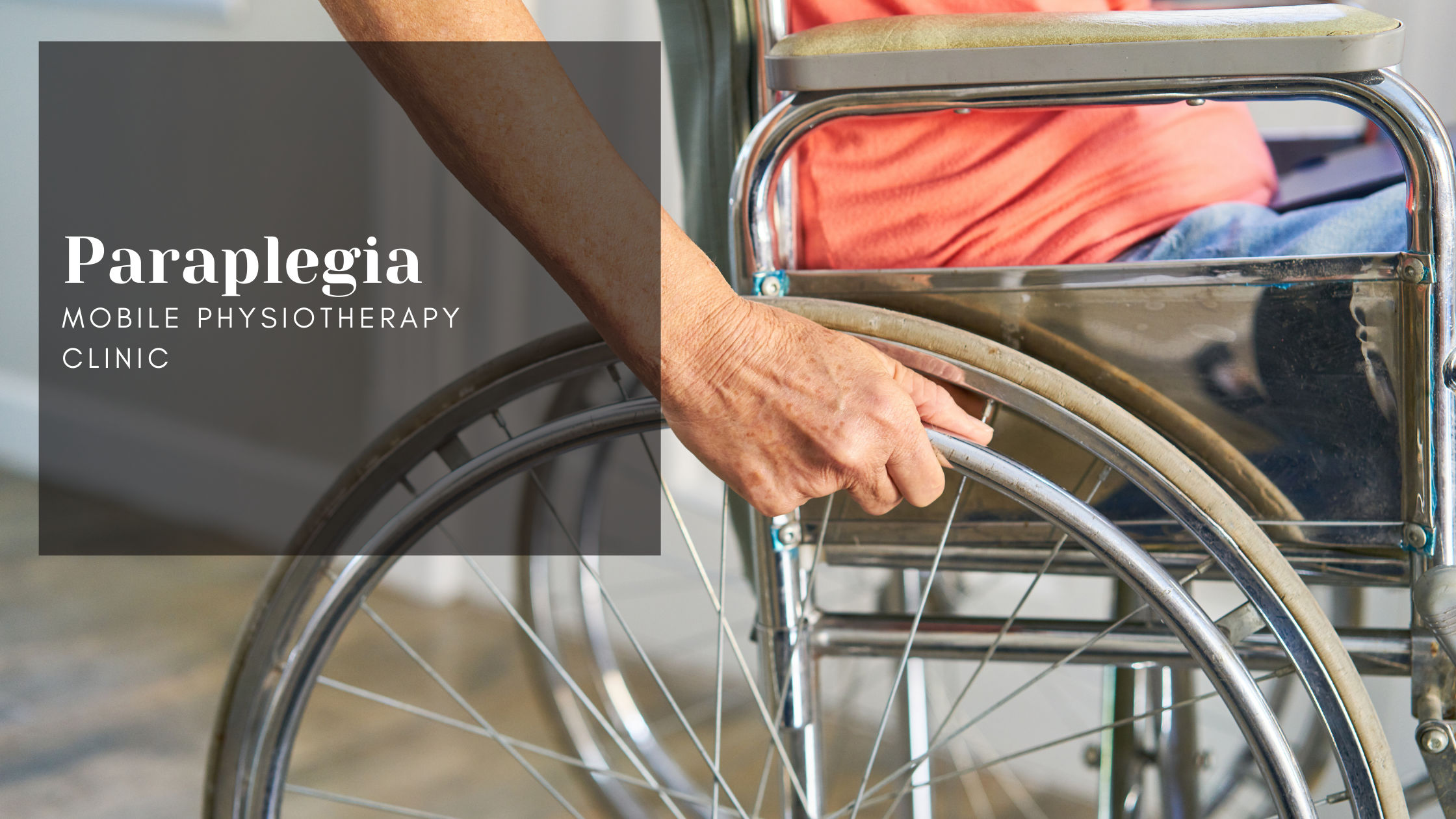

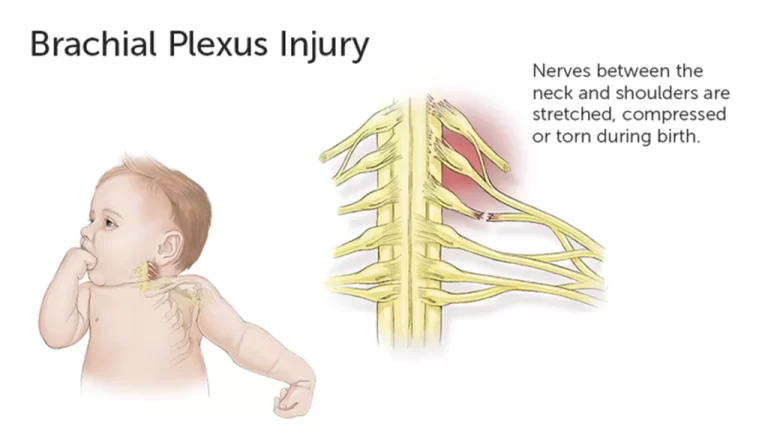
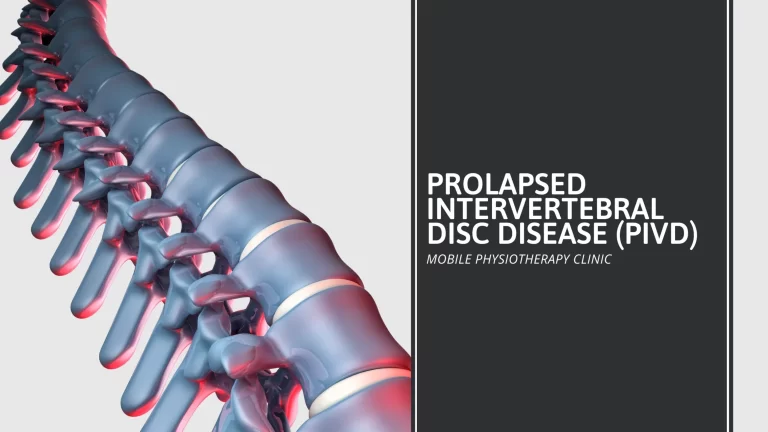
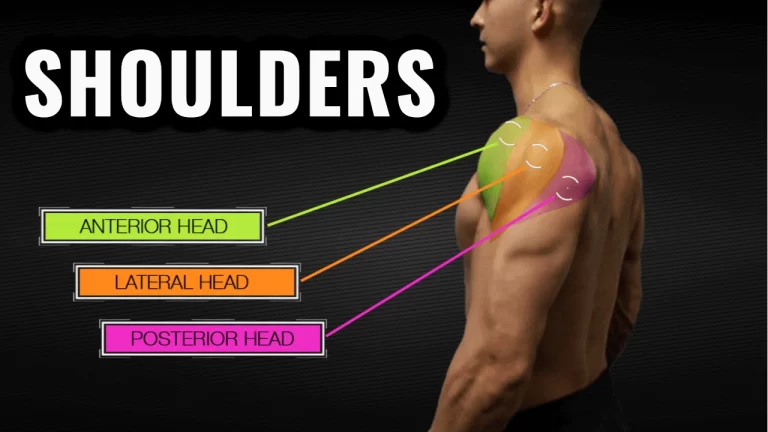
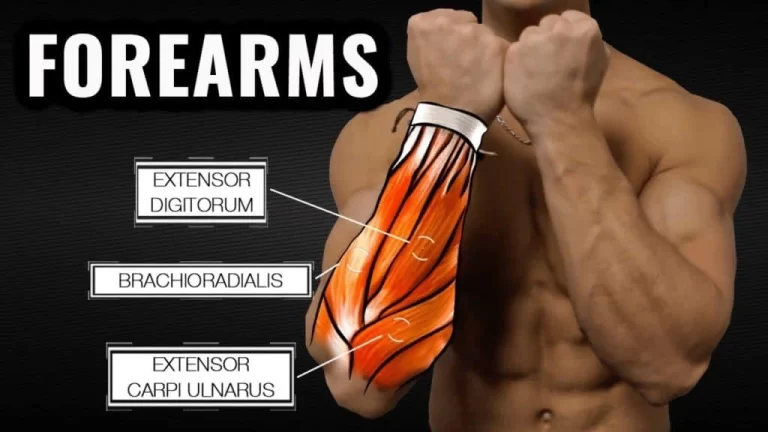
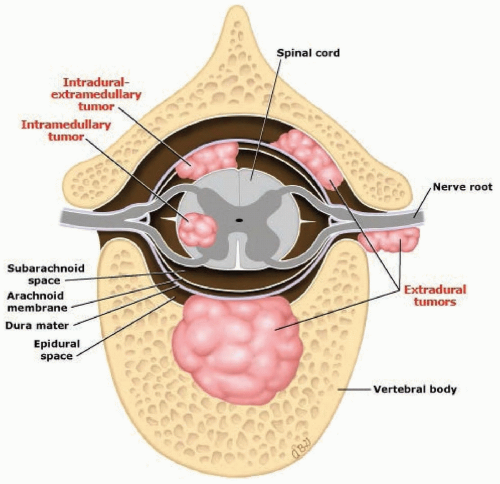
4 Comments